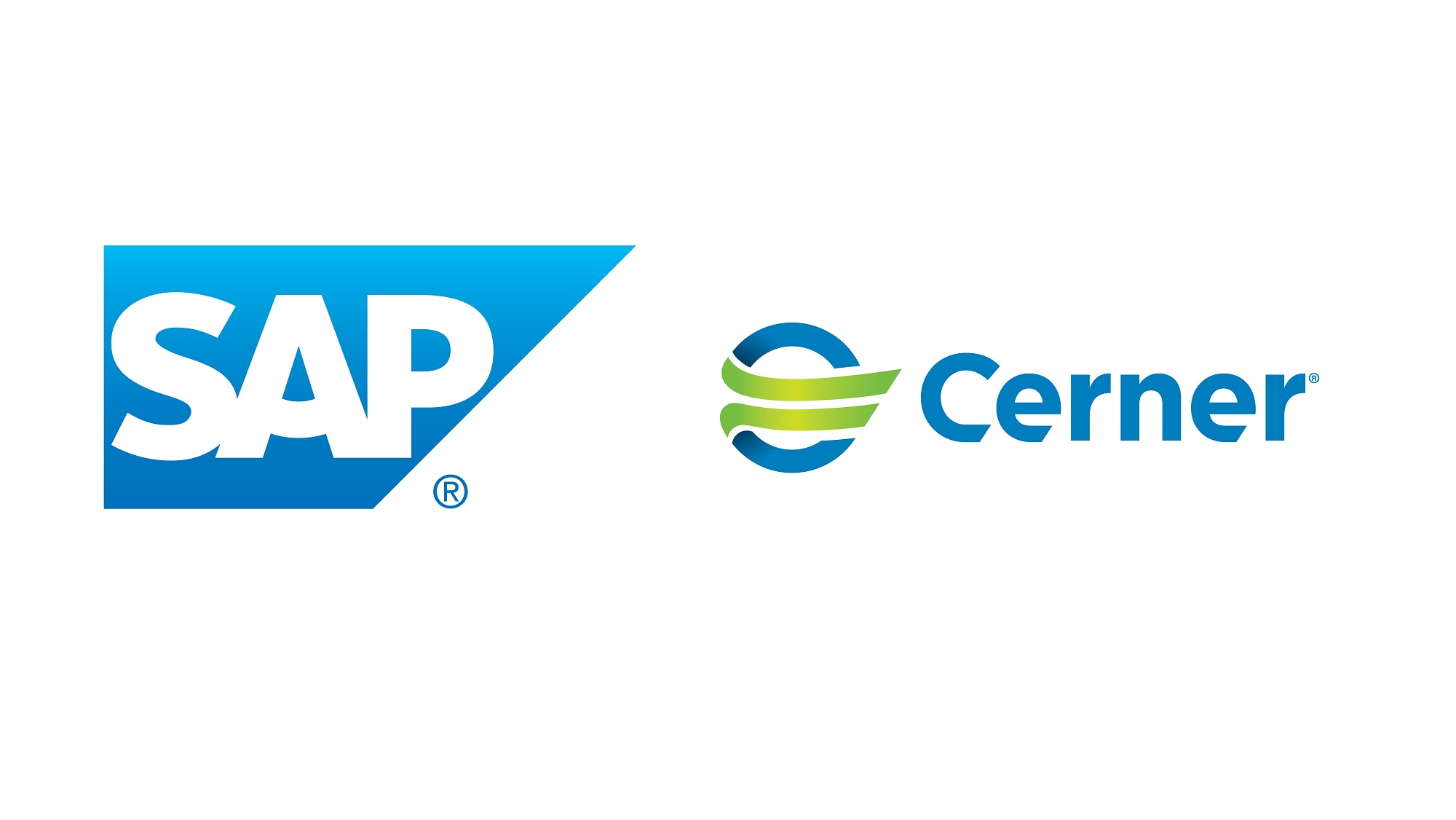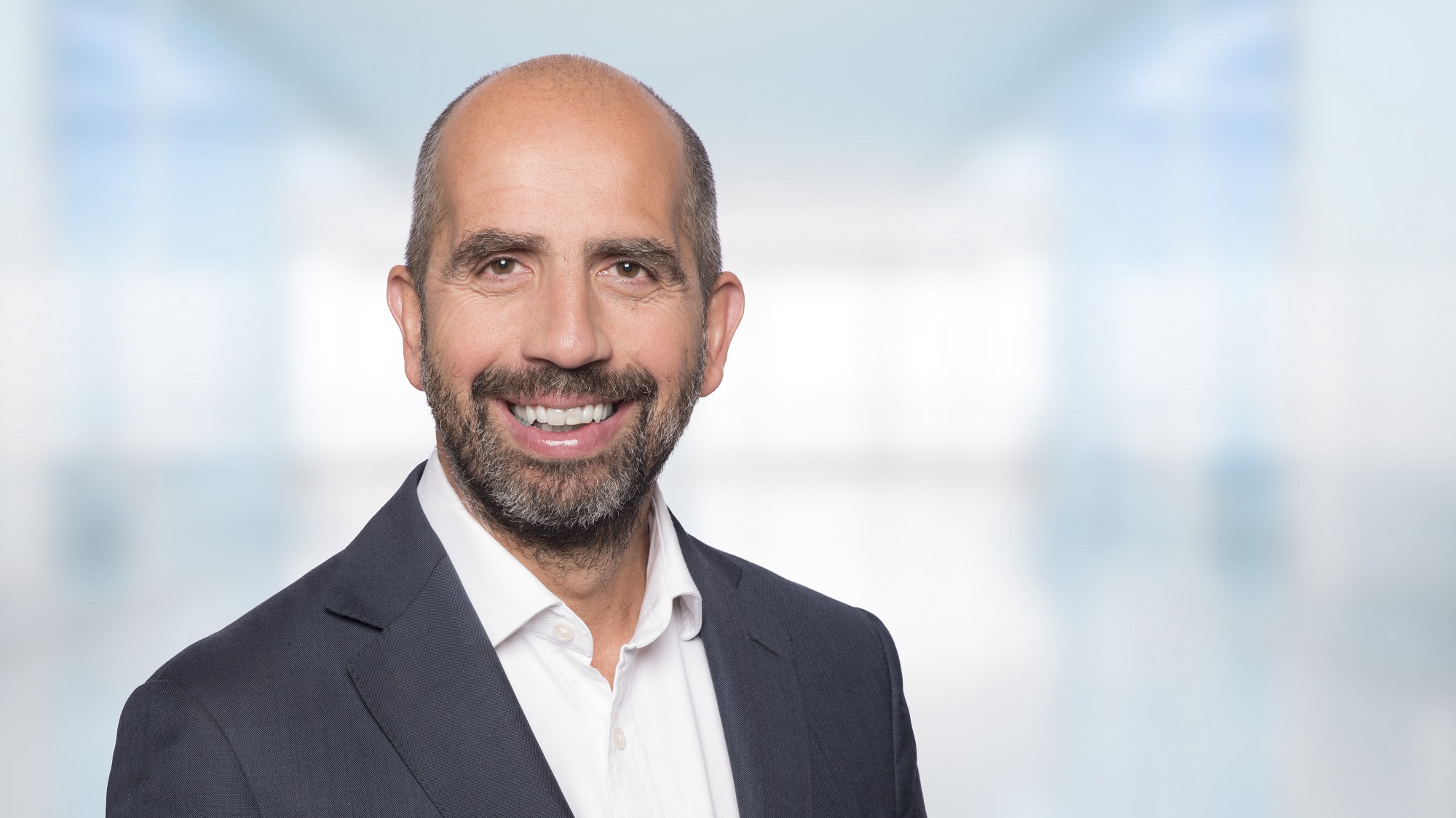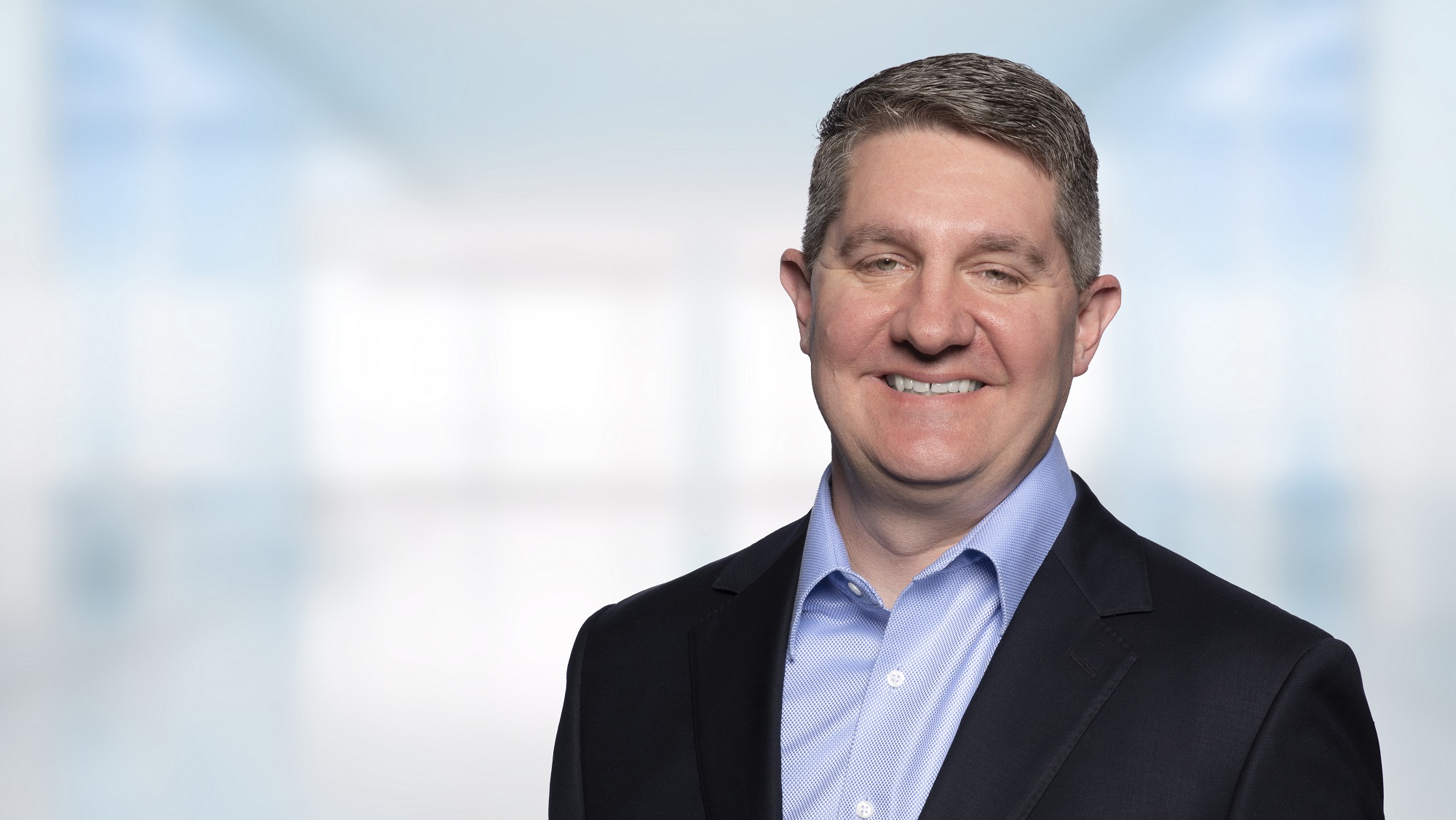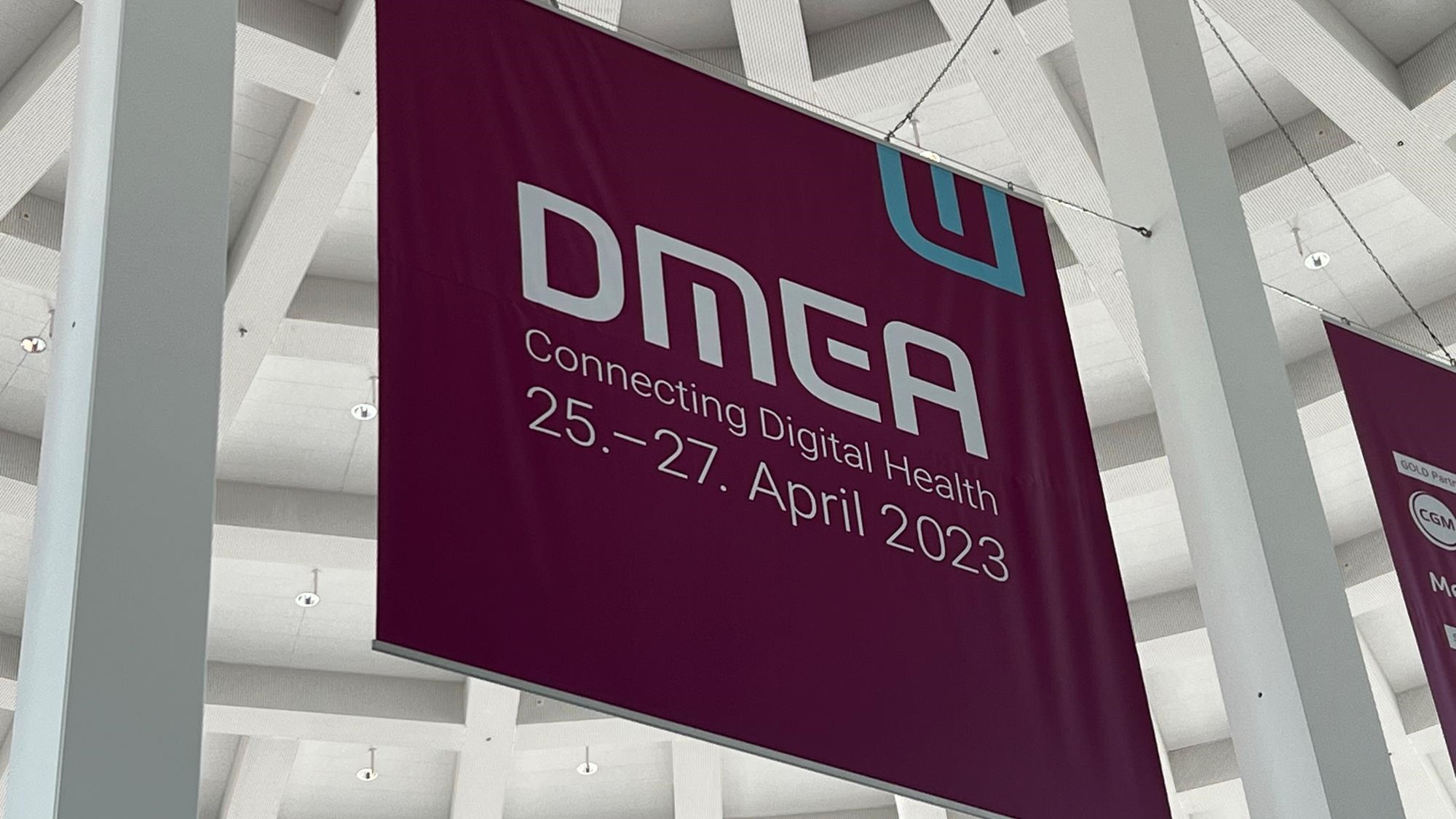Two companies and world-class leaders working together isn’t just about the two companies. The combination of technical expertise, data analytics, and knowledge of health care at Cerner and SAP is ideal to drive transformation in the world of the electronic health record (EHR).
i.s.h.med® turns 25 this year, and we are giving it more than a face lift. For the first time, Cerner and SAP will have a cloud-based EHR enabling us to deliver on the promises of cloud computing in health care. Imagine a system that is easy to use, always up to date, open to connection with various apps and systems to enhance the user experience, enabling meaningful connection between patients and clinicians. Imagine the power of interoperability and data, connecting and guiding your business at all times. This is our mission, and what we are working on together to achieve.
We have an ambitious plan. Today, we work with 700 organizations in more than 35 countries. In 2025, we want to work with 1,300 and enter 14 new markets.
Renewed collaboration
Over the past 18 months, Cerner and SAP have rediscovered and redefined their partnership delivering on our commitment to work in partnership with our clients, to make health care safer, connected, and more affordable. Partners discover the right way to work together, and it does not have to be the same everywhere and every time. One promise we make is to find the right way to work with each one of you, to deliver the value and benefits of digital transformation.
Cerner and SAP learned a lot about each other in the last two years. We found a way to work together where we both bring the best expertise to the team. We are aligned and understand each other more. In our partnership, SAP provides the new, exciting intelligent enterprise framework optimized for hospitals. Meanwhile, Cerner brings 40 years of experience and a clear understanding of the opportunities, expectations and needs of health care, and the knowledge to drive quick and efficient implementations. Together, we are shaping not only the EHR of the future, but a joined-up approached to digital health care.
Seamless financial and clinical integration
With opportunities also come responsibilities. One of the core principles beyond the creation of an interoperable platform is the seamless availability of connected financial and clinical information to enable the best care and outcomes. This is traditionally a strength of i.s.h.med, and we are making sure it will be even more relevant in the months and years to come.
“With the financial pressures to provide care at lower costs while ensuring better patient outcomes, the seamless integration of financial and clinical data is and will continue to become more critical in the future. We at SAP, with Cerner, are committed to co-developing a next generation solution for healthcare providers to realize the Quadruple Aim: better outcomes, better experiences for clinicians and patients all at a lower cost.”
- Dr Werner Eberhardt, global head, SAP Health, SAP
The future
Cerner and SAP have committed resources and focus to shape the future of i.s.h.med for and with our clients. For example, an initial small number of organizations are helping us define and validate the content of our EHR, and improve the usability of the product. This approach allows us to go faster and deliver a better i.s.h.med for all our clients.
“Together with SAP, Cerner is highly focused on bringing the inherent, next generation capabilities to i.s.h.med. Starting with ED, we are planning an easy-to-adopt, mobile, out-of-the-box, intelligent system that enables clinicians to use i.s.h.med to achieve the best outcome for their patients.”
- Scott Martin, vice president, Global Operations, Cerner
So why not join us to see our initial progress and talk about our plans at International i.s.h.med live in Berlin between 25-27 June? For more details please click here.
We would be delighted to welcome you to celebrate the past 25 years, and to look into the future of health care IT together.





